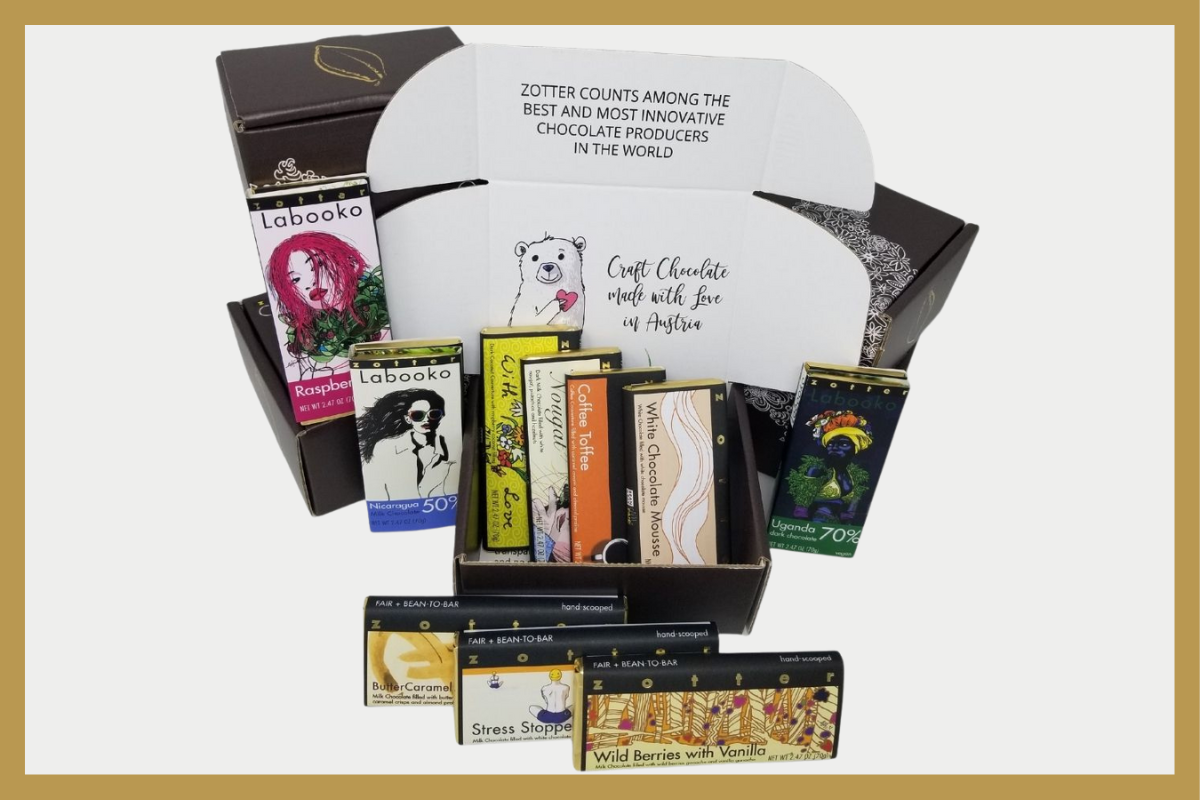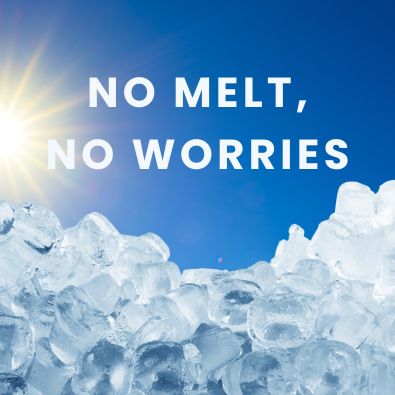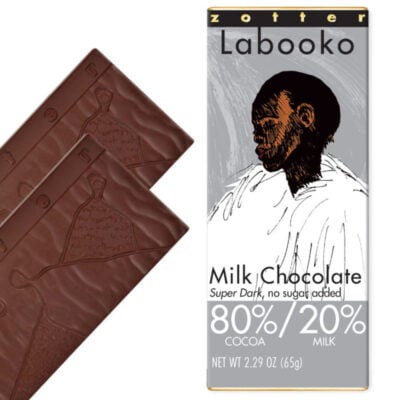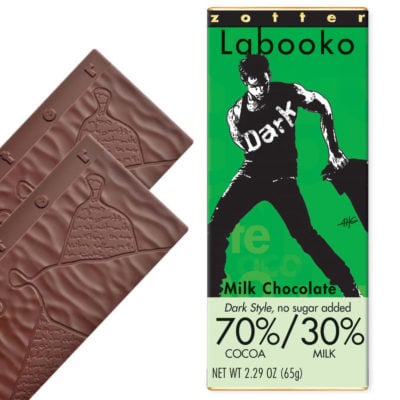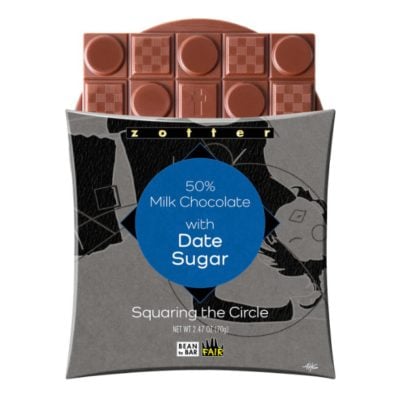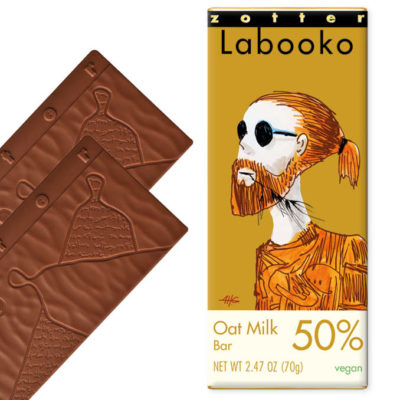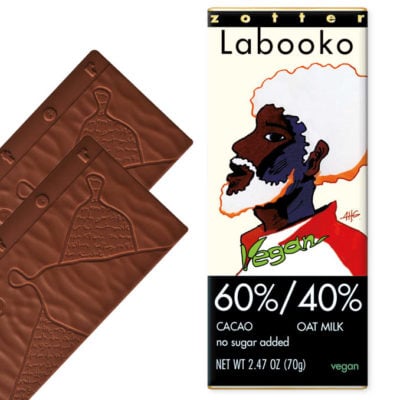For many chocolate lovers, the choice between milk chocolate and dark chocolate seems to be a matter of faith. But is there more behind these two chocolate varieties than meets the eye?
The Austrian Food Code “Codex Alimentarius Austriacus” strictly defines the composition of milk chocolate. It must contain cocoa mass, sugar, and milk powder. It’s similar with the FDA Code 21CFR Part 163 that defines cacao products. If any of these three required ingredients is missing, the product can no longer be called milk chocolate. Similarly, there are requirements for dark chocolate, which must contain cocoa mass and sugar. Milk powder is not allowed in dark chocolate. These guidelines were long considered mandatory production requirements – rules are rules!
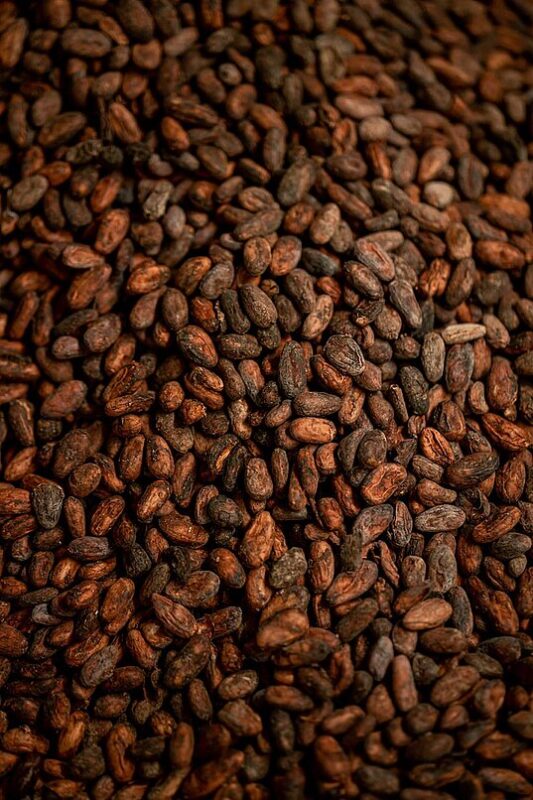

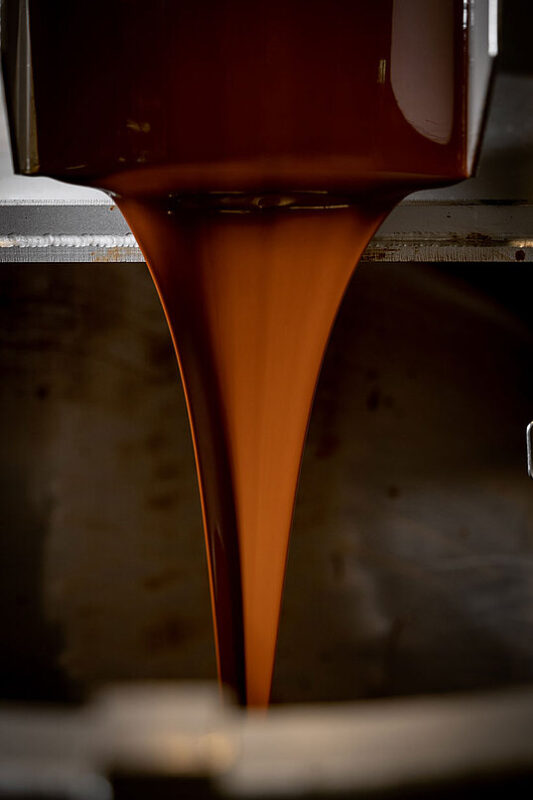
Julia and Josef Zotter love to experiment and try what seems impossible. During her years working in bean-to-bar production, Julia experimented with milk chocolate by significantly changing the ratio of cocoa mass and milk powder, eventually eliminating sugar completely. This resulted in a 70% dark chocolate with 30% milk content – without sugar. While it tastes excellent, according to food regulations, it can’t be classified as either dark chocolate or milk chocolate because it lacks sugar. A new chocolate category was born that fits neither category. We call it “70% dark cocoa / 30% milk content – no added sugar.” Sounds complicated, but tastes delicious!
The chocolate is creamy, pleasant, not sweet, and has a soft snap. It’s bitter but not harsh. It has the benefits of a 100% pure chocolate bar, but is somewhat milder due to the milk content. The high cocoa content extends the conching time, and the Maillard reaction creates the caramel flavor of this dark milk chocolate.
From this ‚70/30‘ base recipe, other high-percentage varieties have been developed. As a bean-to-bar producer, we can implement the blends as we please, experiment with them, and ultimately create entirely new creations. A new playground for innovation—without sugar, with sugar alternatives like date sugar, or sweetness from fruit additions. Milk alternatives for vegan creations can also be realized. Today, this production method is emulated by many craft producers and is our most frequently copied innovation.
What Happens During Production and What Role Does Cocoa Play?
The refinement process begins with the roasting temperature. Higher/sharper roasting produces strong roasted flavors – ideal for creamy milk chocolate with low cocoa content. For high-percentage milk chocolates with low milk content, the cocoa is roasted at lower/milder temperatures, preserving more red fruit flavors (raisin taste) in the beans, giving dark varieties a strong, full-bodied flavor profile.
What About the Milk?
Since 2004, we’ve sourced milk for all our milk chocolates from “Bio vom Berg” in Tyrol, an organic dairy cooperative in the Zillertal. Zotter processes over a million liters (~264,172 gallons) of milk annually into chocolate. The unique cooperation with Tyrolean mountain farmers began more than 20 years ago with an order for organic mountain cheese for our hand-scooped “Mountain Cheese, Walnuts and Grapes” chocolate.
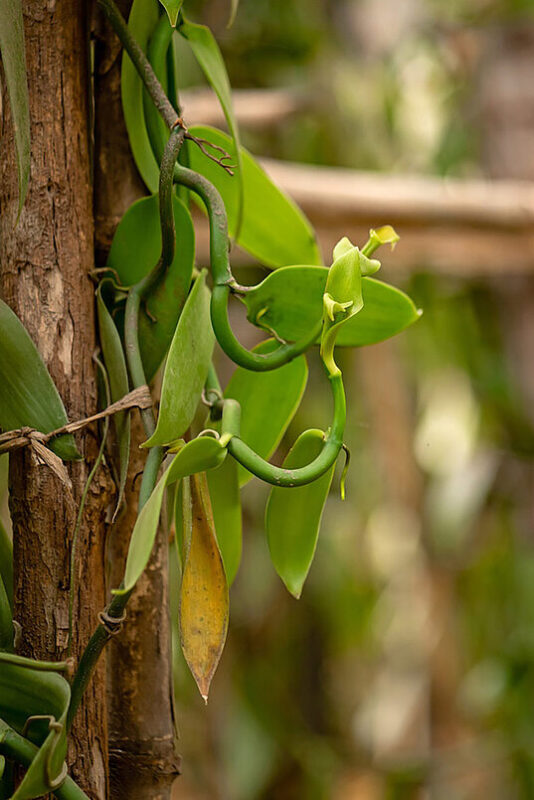


What Happens During Conching of Dark Milk Chocolate?
When a high cocoa content is mixed with milk powder and conched for several hours, a Maillard reaction occurs. This browning reaction caramelizes the milk powder, giving dark milk chocolate a creamy, caramel note that softens harsh cocoa notes and rounds out the flavor. The cocoa bean’s flavor profile, roasting degree, and conching time play crucial roles in developing the dark milk chocolate’s flavors.
What Makes Zotter Milk Chocolates Special?
We generally use high cocoa content in all our milk chocolates to highlight the cocoa’s character. Things get really exciting with 50%, 60%, or 70% milk chocolate. Another important aspect is adding real vanilla and a pinch of salt to perfectly round out the flavor spectrum. Of course, high-quality raw materials are essential for all processing steps – along with creativity and innovative power – and that’s what makes Zotter chocolate so special!
Recommended products
-
80%/20% Milk Chocolate Super Dark
$11.69 -
Milk chocolate 70%/30% Dark Style, no sugar added
$11.49 -
50% Milk Chocolate with Date Sugar
$11.49 -
50% Oat Milk
$11.69 -
60%/40% Cacao – Oat Milk with no added sugar
$11.49Out of stock. Join the waitlist to be notified when this product becomes available.
